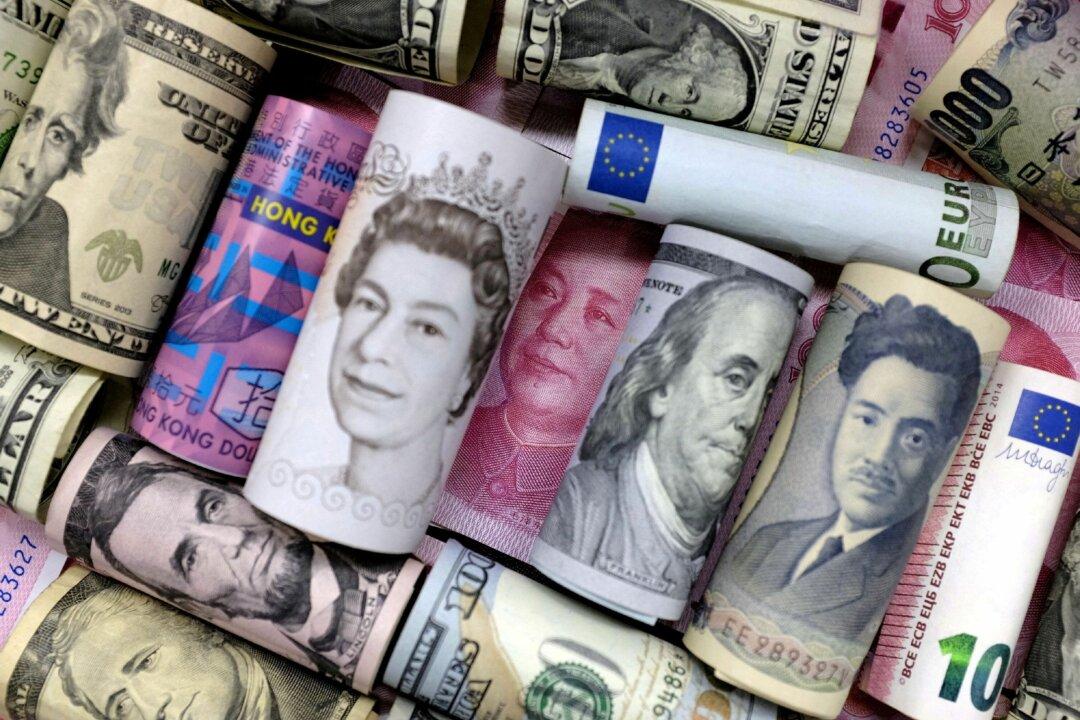As the world faces a string of financial challenges, the outlook for the global economy in 2023 is growingly increasingly rife with uncertainties.
Higher interest rates, out-of-control inflation, ongoing supply-chain issues stemming from the COVID-19 pandemic, an energy crisis, Russia’s invasion of Ukraine, and other geopolitical events have been key themes this year, and will likely remain so going into next year.





